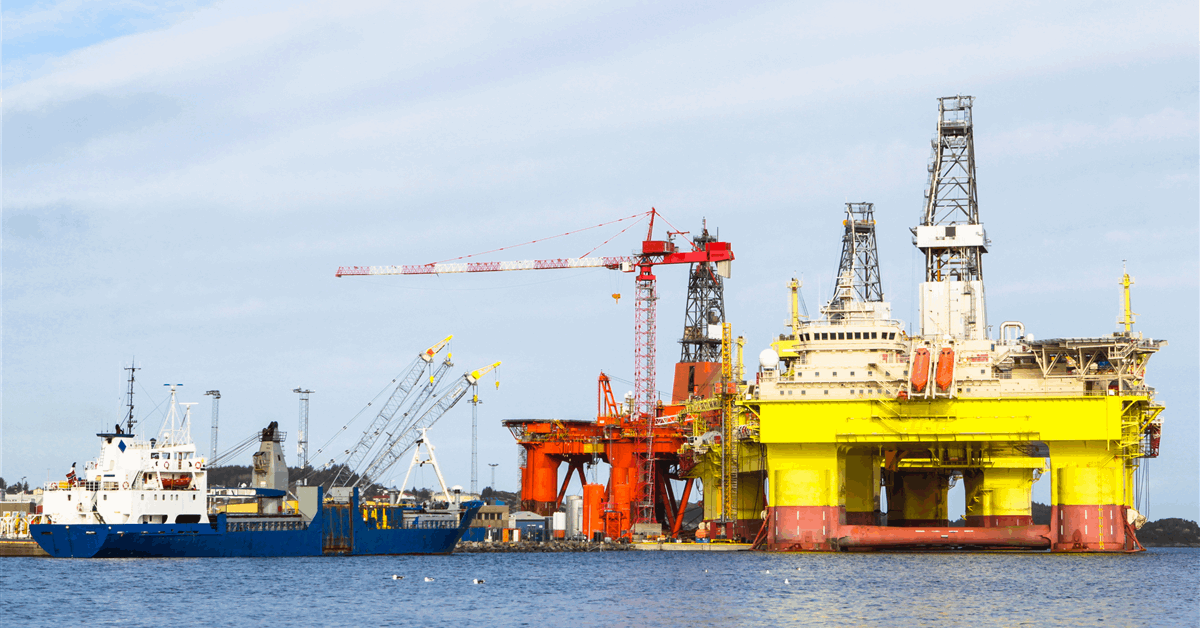
The United States’ share of the world’s liquefied natural gas (LNG) trade is regaining momentum at a pace that could reach one-third of global demand, or two times the consumption of Japan and South Korea combined, by 2035, Shell PLC projects.
U.S. sales fell last year after record signings from 2021 to 2023 as the Middle East dominated contracting, Shell said in its latest annual LNG outlook report.
In 2024 the Biden administration paused decisions on permitting for LNG export to countries with no free-trade agreement with the U.S. The moratorium aimed to give the DOE time to review considerations involving greenhouse gas emissions, environmental impact, energy prices and domestic gas supply, according to the announcement January 26 last year.
However, shortly after taking office for his second non-consecutive term, President Donald Trump withdrew his predecessor’s LNG export pause.
“The USA is set to extend its lead as the world’s largest LNG exporter, potentially reaching 180 million tonnes a year by 2030”, Shell said.
The U.S. and Qatar could account for about 60 percent of global LNG supply come 2035, according to the British energy giant.
However, the U.S. LNG sector faces risks from regulatory uncertainty, concerns about energy security and construction costs, Shell said.
While ending the export pause, the Energy Department under Trump indicated it would not junk a study published by the Biden government that would allow the agency to review permitting considerations. In a January 21, 2025, statement the DOE said it was extending the deadline for the comment period for the results of that study from February 18, 2025, to March 20, 2025.
Global LNG trade grew by only 2 million metric tons to 407 million metric tons in 2024, the lowest annual increase in a decade, due to “constrained new supply development”, Shell said.
However, “Industry forecasts now expect LNG demand to reach 630-718 million tonnes a year by 2040, a higher forecast than last year”, it said.
“More than 170 million tonnes of new LNG supply is set to be available by 2030, helping to meet stronger gas demand, especially in Asia, but start-up timings of new LNG projects are uncertain”, it added.
China’s campaign to connect more people to piped gas and India’s gas infrastructure build-out support demand in Asia, Shell noted.
Besides economic growth in Asia, other drivers are emission reduction efforts in the heavy industry and transport, as well as demand in the AI sector, according to Shell.
In the maritime sector, increasing orders for LNG-fueled ships would raise sectoral demand to over 16 million metric tons a year by 2030, higher by 60 percent than previously expected, Shell said.
In Europe LNG would continue to be relevant into the 2030s as a balancer for the growing share of intermittent renewables in the power sector and as a cushion against energy shortages, Shell said.
“Upgraded forecasts show that the world will need more gas for power generation, heating and cooling, industry and transport to meet development and decarbonization goals”, commented Tom Summers, senior vice president for LNG marketing and trading at Shell.
“LNG will continue to be a fuel of choice because it’s a reliable, flexible and adaptable way to meet growing global energy demand”.
To contact the author, email [email protected]




















